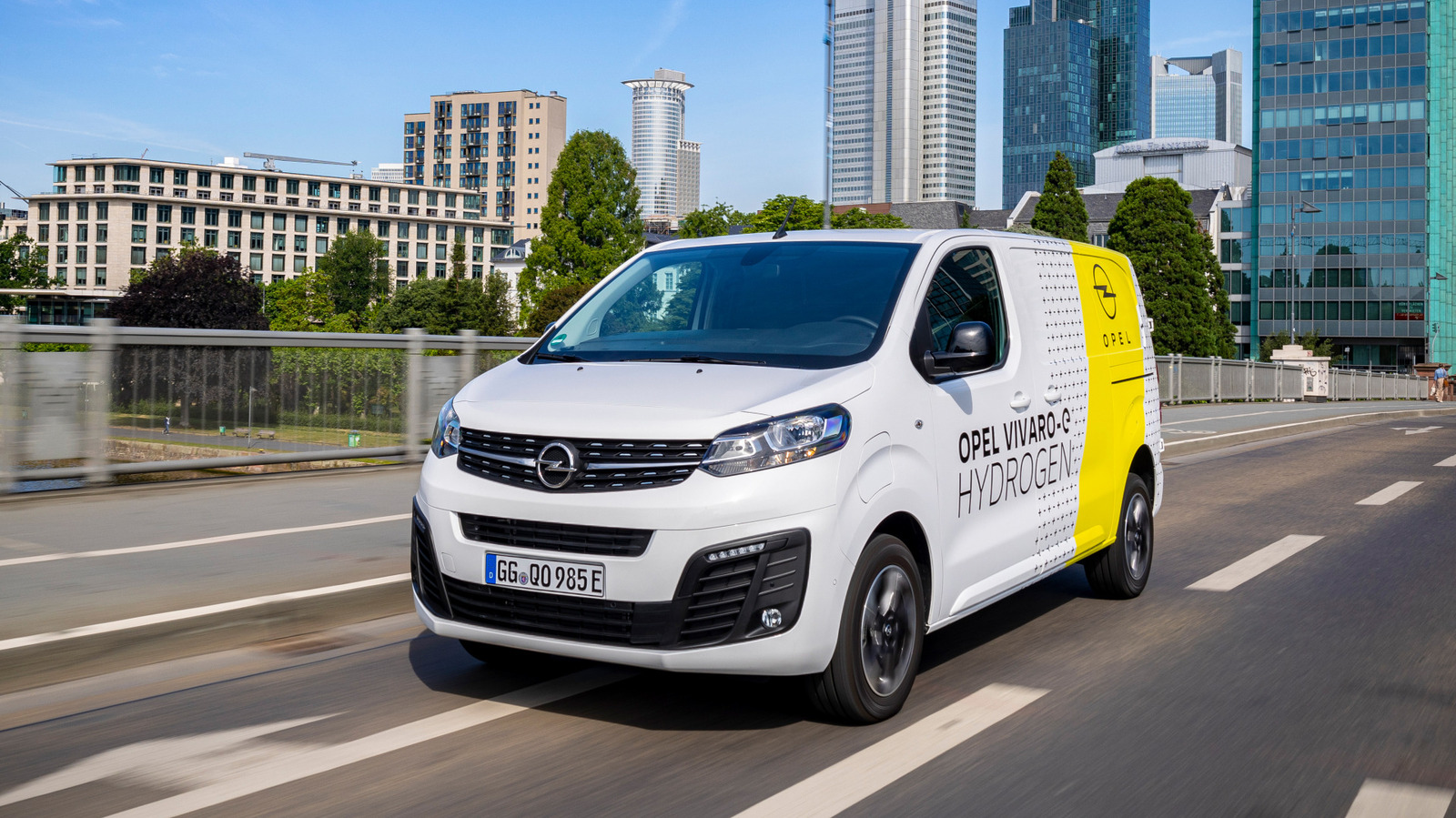
Stellantis was all set to start making hydrogen-powered commercial vans this year. No longer: The company has announced that it will discontinue not just the vans, but hydrogen development altogether. “The hydrogen market remains a niche segment, with no prospects of mid-term economic sustainability,” said Jean-Philippe Imparato, Stallantis’ Chief Operating Officer for Enlarged Europe. The company’s R&D teams will move on to other projects instead.
Hydrogen power has long been touted as a replacement for polluting fossil fuels, since one of its main exhausts is literally just water (which, of course, is two hydrogen atoms combined with one oxygen). But hydrogen cars need to be refueled at a station, like a normal car, and there just aren’t enough. As of 2024, there are only 54 public stations in America equipped with hydrogen — one in Hawaii and the rest in California — with another 20 for private fleet customers, per Fastech. Indeed, Stellantis specifically called out “limited availability of hydrogen refueling infrastructure” as a main reason why it was pulling out of the sector.
Hydrogen’s not dead yet
Stellantis may be out, but there are still a number of big carmakers who are still pushing ahead towards a hydrogen future. Toyota continues to see more potential in hydrogen technology than battery electric vehicles, even starting to play around with the possibility of internal combustion hydrogen engines, which would work a lot like old-school gas cars. It’s also helping BMW get its own hydrogen product line up and running. Hyundai just unveiled the next generation of the Nexo crossover, and Honda has a plug-in-hybrid hydrogen version of the ubiquitous CR-V.
And yet, the prognosis isn’t good. The Trump administration doesn’t exactly look like it’s about to invest a lot of money in anything that isn’t a dirty fossil fuel, and in fact, the president himself seems to think that hydrogen cars explode. Meanwhile, even in California, 20 years and $260 million of state funding have only resulted in a few dozen new stations, per the LA Times. Things are so bad that some Mirai owners are even suing Toyota for overpromising the current state of the refueling infrastructure.
So, hydrogen: Will it or won’t it? Clearly, Stellantis has made the call.
How hydrogen makes the wheels turn
There are actually two different automotive technologies for harnessing the power of hydrogen. The most common is by using a fuel cell, in which hydrogen (either in liquid or gas form) is combined with ambient oxygen in a chemical process to form water. During the process, the original molecules are broken apart; the suddenly released electrons move through the car’s circuits as electricity, powering an electric motor, before coming back home to combine into the new water molecules. Essentially, the car is an electric vehicle that doesn’t store power in a battery, but makes it on-board by burning up hydrogen and emitting water.
But hydrogen, which is highly flammable, can also be used to combust internally inside of an engine. You know, one of those things with cylinders and pistons? This version of the technology is nearly identical to the old gas engines, or perhaps diesel engines, since the torque curves are nearly the same. For that reason, Honda, Hyundai, and Toyota are all looking into making hydrogen ICE trucks in the near future.
The technology works great, and the environmental benefits are real. The trouble is making the hydrogen fuel in the first place, which is difficult, and then of course building up the infrastructure to get that fuel from the refinery into your car. The hope is that if people buy more cars, the industry will build more stations. That ought to happen… any day now. Aaaaany day now.

